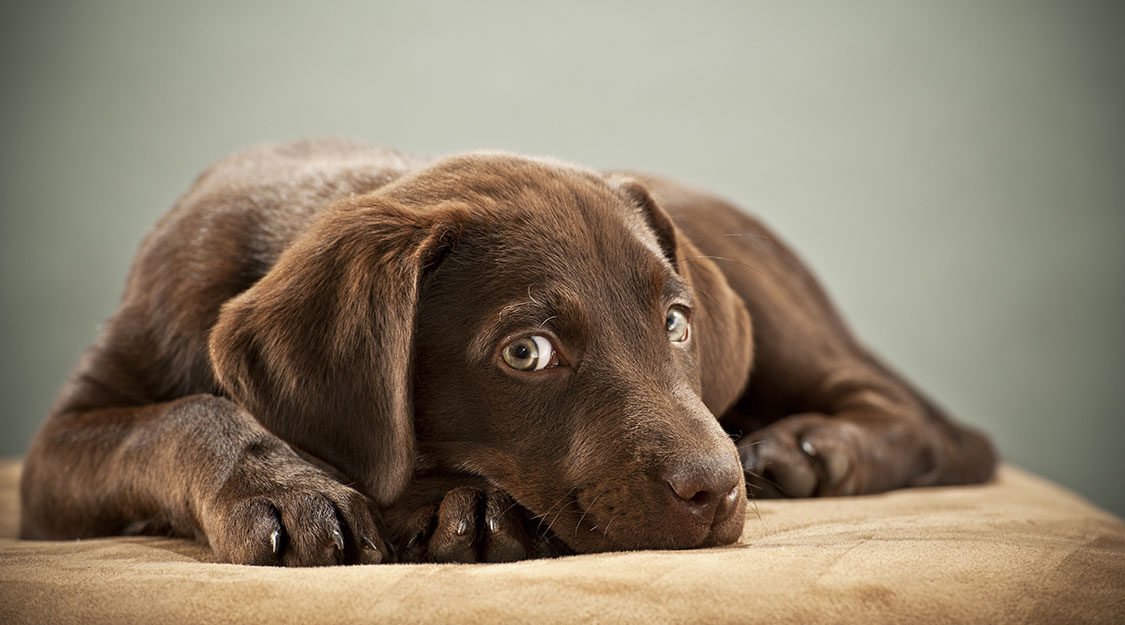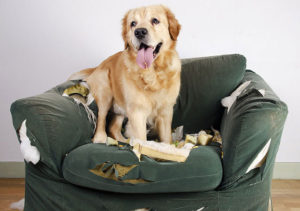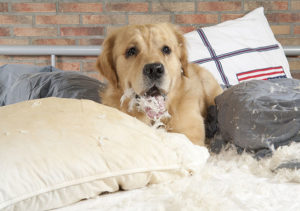How to train your puppy to stop biting & nipping
Puppies use their mouths to explore the world and to play with other puppies. Without his littermates, your puppy will turn to you to play with and if not corrected, will include their nips and bites in his play repertoire. Even though this nipping and biting may be cute in the beginning, it’s most certainly going to feel less cute once your 20-pound puppy has grown into a 70-pound dog!
Training your puppy not to bite is something which you ought to start when your puppy is still small. By starting early, you can make sure to break the habit of biting before your friends and neighbors have become too petrified to visit you in your house.
Self analysis
The first thing to do when training a puppy to stop biting is to ask yourself the following questions:
- Am I encouraging nipping and biting by letting puppy use his mouth or by playing with his mouth?
- Do I stop the puppy’s biting as soon as it starts?
- Am I being consistent?
Chew toys
Also remember to give your puppy plenty of things he can chew on so that his natural urge to gnaw gets satisfied. Chew toys are best because then you know that they are safe and don’t have parts that can accidentally be swallowed. Pay attention to the size of round toys like balls to make sure they can’t go down your puppy’s throat and choke him. Some people prefer to skip the squeaking toys as those are usually the first thing the puppy manages to destroy. As you can imagine, the incessant squeaking can also become incredibly annoying indoors.
Physical and mental exercise
Finally, make sure that when you are training a puppy to stop biting, you are giving him lots of physical and mental stimulation. Puppies that are free of excess energy are less likely to chew on your hands.
Hardcore puppy nipping & biting
But what do you do when your puppy has been urged to stop all nipping and biting and has enjoyed plenty of playtime and exercise, but still continues being mouthy?
In such event, you can try saying “No!” more firmly and STOP playing with your puppy. This way, you have a) expressed your displeasure and b) have taking away your attention to demonstrate a consequence which your puppy won’t like and will want to avoid from happening again.
If that doesn’t stop your puppy from biting, even more firmly say “No!” and give a physical reminder like a shake of the neck skin or a poke with three fingers and your thumb. These physical reminders are much different from hitting or grabbing, and should definitely not be done with anger. They are brief, physical reminders such as a mother dog who may growl, push with her nose or give a swift nip to her puppy. A mother dog will never maul her puppy and likewise, you should never hit or shake your puppy neither.
Good vs bad behavior
The goal of this training is to get the puppy to realize that “Teeth on toys = good. Mouth on master = bad.”
Be consistent, both in not allowing any biting and in giving the proper corrections. With a little time and patience, your puppy will learn how to be mannerly and not mouthy.


